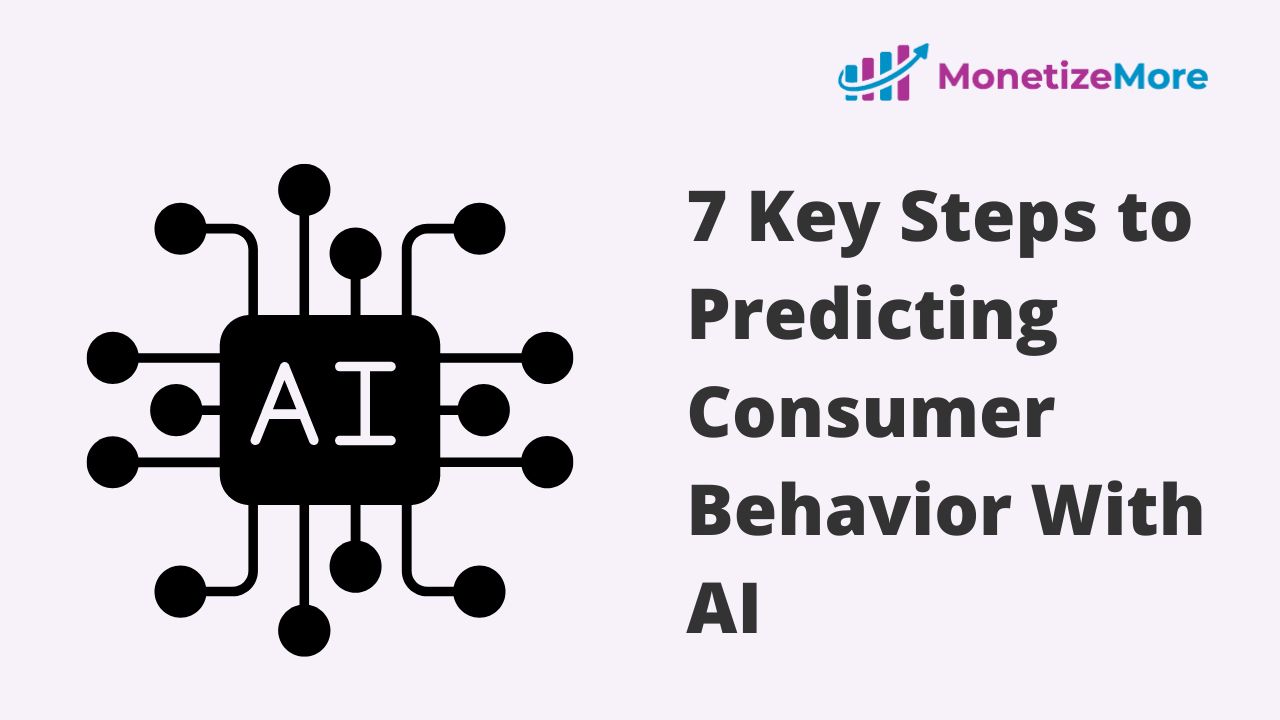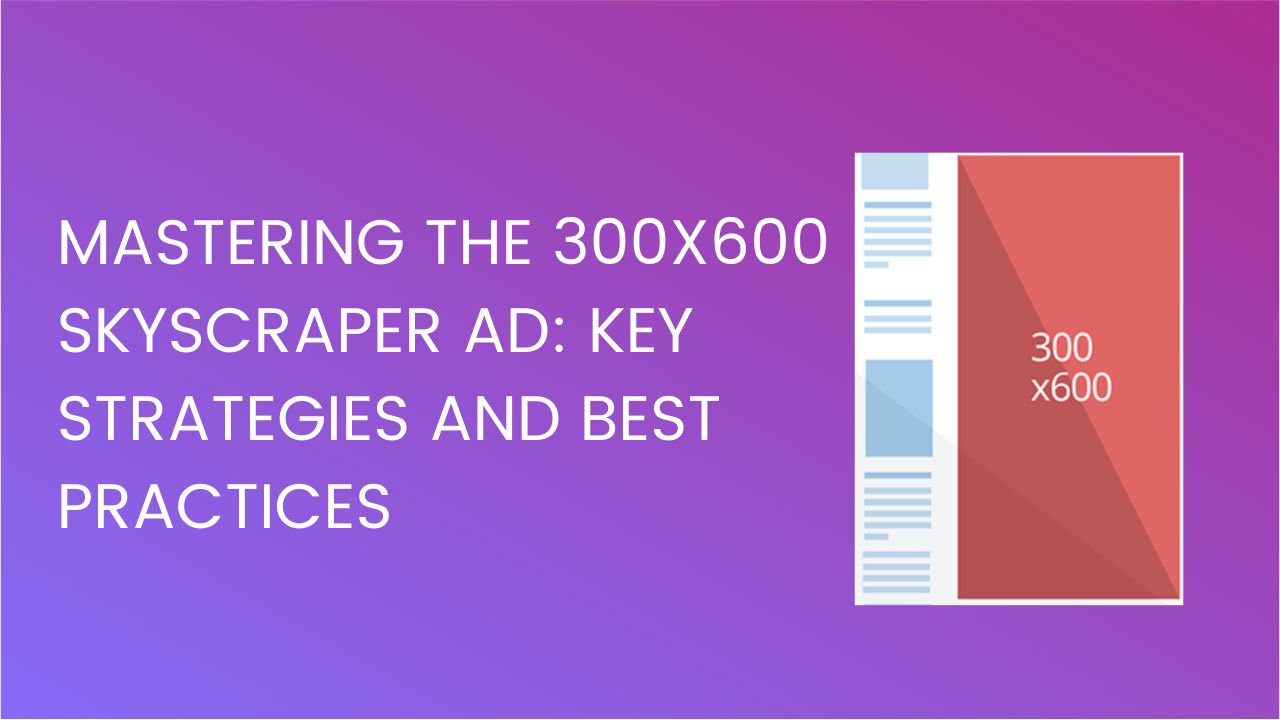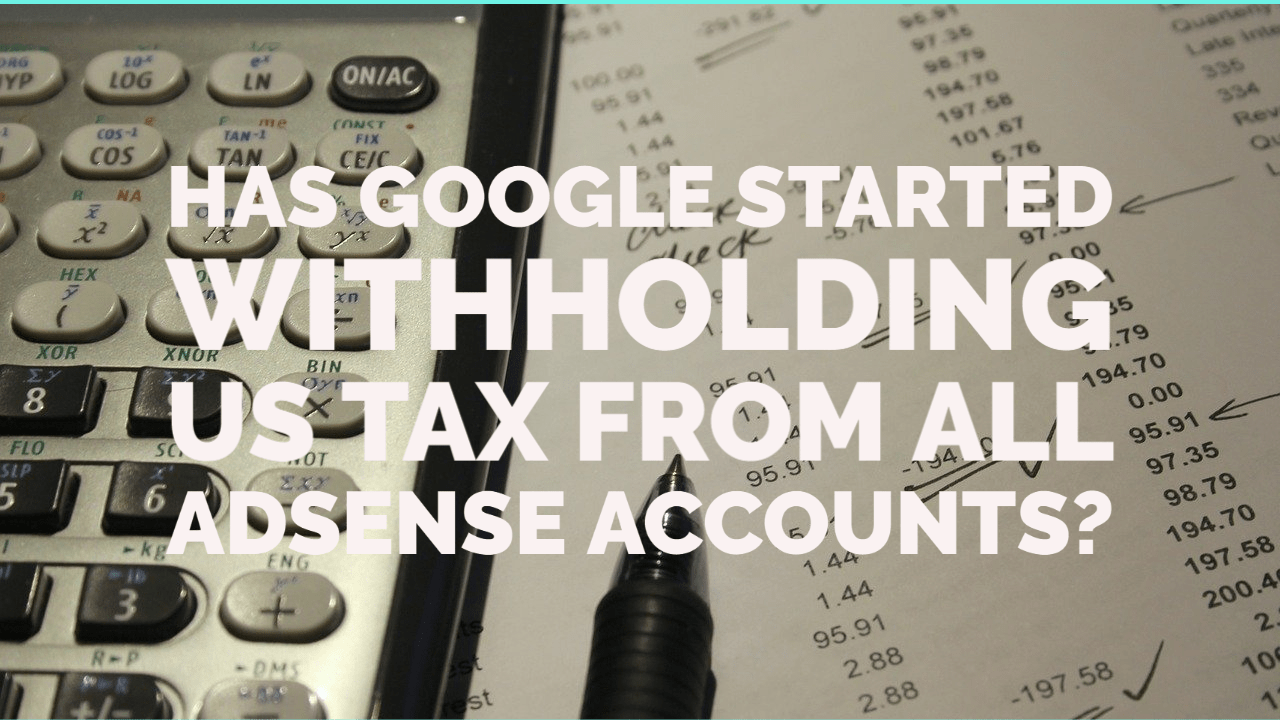
This post was most recently updated on September 19th, 2024
It’s no stretch to say that Artificial Intelligence (AI) is reshaping the way businesses work. With the technology’s increasing developments, business owners and publishers are able to achieve much more.
One key area that’s being impacted is using AI to predict consumer behavior. Historically, this would have been nearly impossible. But now, AI can analyze data in huge proportions, making it easier to identify patterns. The nature of predictive analytics relies on historical data from your company, meaning these insights are even more impactful as they’re tailored to your business and customers. In today’s world, that’s incredibly valuable for standing out.
If you’re ready to use AI-powered predictive analytics to supercharge sales and drive customer satisfaction, you’ve come to the right place. Here are seven steps to help you get started.
There’s no point in implementing AI just because it’s trending. You need to understand how it can help you and why your company should use it.
Here are just a few benefits:
Companies are leveraging AI left, right, and center. Just look at the finance sector, where Financial Planning & Analysis (FP&A) providers are turning to FP&A AI tools to provide advanced forecasting and budgeting capabilities. Then there are companies like Netflix, whose AI-powered algorithms boost audience engagement and loyalty.
However, in predicting consumer behavior, a classic example is Amazon. For several years, the e-tailer has been using AI to recommend products that are likely to interest-specific customers. In fact, they’re so confident of their data and predictive analysis that they start shipping products before you’ve even purchased them.
Then there’s Walmart, which uses AI-driven predictive analytics to predict product demands as part of its sales forecasting. This allows the brand to optimize its inventory by forecasting future sales trends, particularly during the holiday season.
If you’ve never used AI and machine learning models before, it can feel overwhelming. We’ve broken it down into seven steps to help you get started and make the most of AI-powered predictions.
Start by clarifying your objectives. What do you want to achieve? What do you want to do with the results? Will you focus on product preferences to determine cross-selling and up-selling opportunities? Or do you want to make abandoned cart predictions so you can improve rates there?
Whether you want to use insights into consumer behavior to better segment customers, implement personalized marketing campaigns, optimize resource allocation, or gain a competitive advantage, you need to start with a clear roadmap.

High-quality data is the raw material on which AI analyzes patterns and trends. So if it’s not reliable or relevant, the algorithm won’t generate accurate predictions.
This next step is all about data management, and should encompass data collection, integration, and cleaning.
Collect data from a range of sources, including your customer relationship management (CRM) system, website and social media analytics, and consumer surveys and feedback forms.
Tools can automate this process and aggregate data in real time, meaning it will be more comprehensive and up-to-date. Compared to manual data entry, it’s also a quicker and more reliable process with fewer errors.
Make sure that any data you collect is relevant to consumer behavior. That might include internal data such as demographics, website activity, and purchasing behavior or external data such as market trends and social media sentiment.
Then, integrate all of the data to get a holistic view of consumer behavior so that you don’t overlook anything. For example, using a B2B sales leads database in conjunction with CRM data and social media analytics can provide a multi-dimensional view of your business’s potential customers.
After collecting data, start cleaning and pre-processing it—this prepares the raw data you’ve collected for the analysis. Having clean data also means predictions are more accurate.
Use tools to identify and correct errors, such as duplicates or missing values, and ensure all formatting is consistent. Starting with clean, high-quality data gives you a solid foundation for making predictions.
With quality data in hand, the next step is to choose which tools, platforms, and models you want to use to analyze that data. Consider the type of data you have, the nature of your prediction tasks, and how reliable and scalable your chosen model is.
It’s also worth understanding the various ways AI can analyze data.
Firstly, there’s machine learning (ML). ML algorithms learn from historical data to make predictions about the future. For example, they can learn from past data on past purchases to predict which products a customer might buy next.
Decision trees, neural networks, random forests, and support vector machines are examples of ML algorithms you can choose from.
Another technique is Natural Language Processing or NLP. You can use this to analyze text data from sources like customer feedback, social media, and reviews. NLP can gauge sentiment and extract important information.
Finally, there’s predictive analytics, which is useful for anticipating customer needs and behaviors. This technique uses ML as well as statistical algorithms and is capable of forecasting future outcomes based on historical data.
After you’ve chosen the best model for the task, take time to train it using the clean data you collected earlier. By feeding this into the algorithm, it starts to learn patterns and relationships between variables.
At this stage, it’s best to split data into two sets: training and testing. Training data is used to train the model while the testing set will be used for evaluation. Separating them reduces prediction errors and hence improves accuracy of results.
It’s important to evaluate a trained model to gauge the accuracy of its performance—that is, whether it’s capable of analyzing new data as you expect it to.
To do this, you need to select evaluation metrics. A few examples include:
Evaluate your model using the test set of data you separated out in the previous stage. This ensures you can do an evaluation using data the algorithm has never seen before. Consider it a proxy for how the model will perform in the real world.
Cross-validate the results and determine whether the model contains any bias or variance. For example, if the algorithm performs poorly on both the training and test sets, it has a high bias. Also known as underfitting, this means the model is too simple and hasn’t captured the underlying patterns in the data.
On the other hand, a model that performs well on the training set but poorly on the test set is said to have high variance. Also known as overfitting, this means the model is too complex and is capturing noise instead of the underlying pattern.
After you run these evaluations, consider how the model will perform in a live environment. Once you’re confident in its scalability, latency, and robustness, you’ll be ready for deployment.
Now, it’s time to start using your AI model to identify patterns and trends. Deploy the evaluated model into the business systems where you’ll use it to make predictions. It’s worth setting up automations to regularly update predictions as new data comes in.
AI excels here and provides actionable insights to guide marketing and sales strategies.
AI algorithms can process things quickly. They find correlations that aren’t otherwise obvious—and it does it quickly and in real-time, so you can pick up on shifts and trends as soon as they occur. This means that market demands are anticipated better, so you can adjust your strategies as needed.
You can set this up in several ways. First, you can also set up the algorithm to make predictions that you can use in future reports.
But you can also allow the algorithm to generate real-time predictions that result in encouraging immediate conversions. This could be in the form of personalized recommendations but could also include discounts or bundle offers based on customers who are actively shopping or about to churn.
Let’s take a business phone provider as an example. You could set up the model so that anyone who’s interested in the SIP phone system is also shown VoIP phone products. If the algorithm detects that they’re about to close a relevant page or abandon their cart, it could push a pop-up box that offers a free, personalized demo or sales call.

Once you have consumer behavior predictions, it’s time to reflect the results in your marketing campaigns.
By using AI-driven marketing strategies, you can not only personalize messaging, you can also streamline operations and allocate resources more efficiently. As a result, your marketing strategies will be more relevant and engaging. This creates stronger connections with audiences.
Here are the key components of marketing strategies driven by AI:
Use the algorithm to segment your customers based on predictive insights for personalized campaigns and tailored product recommendations. It can also analyze your content performance to optimize future strategies.
If a marketing campaign is not performing as expected, use real-time data to make adjustments. This may involve modifying ad copy or targeting criteria based on engagement metrics.
If you’ve done the leg work, chances are your AI model will be significantly more accurate. But that’s not to say there isn’t room for improvement. Even after testing, evaluating, and deploying your model, you still need to check its performance in the real world.
What’s more, AI is constantly evolving, as is consumer behavior. By continuously monitoring your model’s performance, you guarantee it stays accurate over time.
Alongside monitoring the model itself, it’s worth tracking changes in consumer behavior that could impact its predictions.
Whether or not you notice that your predictive model is declining in accuracy, take time to regularly retrain it with fresh data. This is particularly important if you operate in a dynamic sector where consumer preferences are constantly shifting, your Total Addressable Market changes, or new competitors regularly enter the field.
Don’t rely on your own assessment either, as customer feedback can help you improve. Use consumer surveys to find out whether the items your algorithm recommended, products you upsold, or marketing campaigns you ran were effective in their eyes. You never know what new insights you might uncover that will improve predictions and resulting tactics.
Make any adjustments to the algorithm that you need to and look for new ways you can make the model more efficient in line with your business goals.
AI is powerful, to say the least, especially when it comes to predicting patterns in consumer behavior. It means you can gain a competitive advantage and make decisions based on accurate results from data about your actual customers.
Chances are, many of your competitors are already embracing AI. By following the above steps, you, too, can leverage the technology’s full potential and remain competitive in an ever-evolving marketplace.
Wanna 10X your ad revenue with MonetizeMore’s award-winning AI? Get started here!

With over seven years at the forefront of programmatic advertising, Aleesha is a renowned Ad-Tech expert, blending innovative strategies with cutting-edge technology. Her insights have reshaped programmatic advertising, leading to groundbreaking campaigns and 10X ROI increases for publishers and global brands. She believes in setting new standards in dynamic ad targeting and optimization.



10X your ad revenue with our award-winning solutions.